Embracing Disruptive Thinking in Project Delivery: Paving the Path to Innovation
In today’s rapidly evolving business landscape, the traditional methods of project delivery are no longer sufficient to ensure success. Disruption has become a buzzword, and for good reason. Organisations across various industries are realising the value of harnessing disruptive thinking for innovation in project delivery, as it holds the potential to revolutionise processes, drive innovation, and yield unparalleled outcomes.
The Evolution of Project Delivery
Project delivery methodologies have evolved over time, moving from traditional waterfall approaches to more agile and iterative methodologies. Despite these changes, projects still encounter challenges related to scope creep, budget overruns, and missed deadlines. This is where disruptive thinking steps in. Some examples could be the use of artificial intelligence or automation to release the team from the mundane repetitive tasks to focus on the project delivery.
Understanding Disruptive Thinking
Disruptive thinking involves questioning the status quo, challenging assumptions, and envisioning entirely new ways of accomplishing tasks. It’s about breaking free from conventional norms and exploring uncharted territory. In the context of project delivery, disruptive thinking encourages teams to look beyond incremental improvements and consider radical, game-changing solutions.
Key Benefits of Disruptive Thinking in Project Delivery
- Innovation: Disruptive thinking promotes the exploration of innovative ideas that can reshape the project landscape. By encouraging teams to think outside the box, organizations can identify novel approaches that give them a competitive edge.
- Efficiency: Conventional project delivery methods can be riddled with inefficiencies. Disruptive thinking prompts teams to rethink processes, streamline workflows, and eliminate bottlenecks, resulting in faster and more efficient project execution.
- Risk Mitigation: Traditional project approaches often struggle to adapt to unexpected challenges. Disruptive thinking encourages proactive risk assessment and the development of contingency plans, making projects more resilient in the face of uncertainties.
- Customer-Centricity: Disruptive thinking emphasizes understanding the end-users’ needs deeply. This approach allows organizations to deliver products and services that truly resonate with customers, driving higher satisfaction levels.
- Flexibility: In rapidly changing markets, projects must be flexible enough to adapt to evolving demands. Disruptive thinking promotes the creation of adaptable project plans that can pivot as needed.
- Cross-Collaboration: Disruptive ideas often require input from diverse expertise areas. This encourages cross-functional collaboration, fostering a more holistic approach to project delivery.
- Market Leadership: Organizations that consistently apply disruptive thinking to project delivery position themselves as leaders in their industry. Their ability to consistently innovate sets them apart and attracts attention and trust from stakeholders. Where other businesses fail these innovators survive by disruption.
Harnessing Disruptive Thinking
- Foster a Culture of Curiosity: Encourage team members to ask questions, challenge assumptions, and explore alternative solutions. This can be achieved through open discussions, brainstorming sessions, and continuous learning opportunities.
- Diverse Teams: Build multidisciplinary teams that bring different perspectives to the table. This diversity can stimulate creative thinking and lead to breakthrough ideas.
- Allocate Resources: Dedicate time, budget, and resources for experimentation and exploration. Not every disruptive idea will pan out, but the ones that do can be transformative.
- Support Risk-Taking: Create an environment where calculated risks are embraced rather than shunned. Teams should feel empowered to test new concepts without fear of failure.
Conclusion
Disruptive thinking is no longer a luxury; it’s a necessity for organizations looking to thrive in a rapidly changing world. By incorporating disruptive thinking into project delivery, businesses can unlock a world of innovation, efficiency, and customer-centricity. Embracing this mindset requires a shift in culture and a willingness to challenge the norm, but the rewards in terms of market leadership and project success are well worth the effort.

